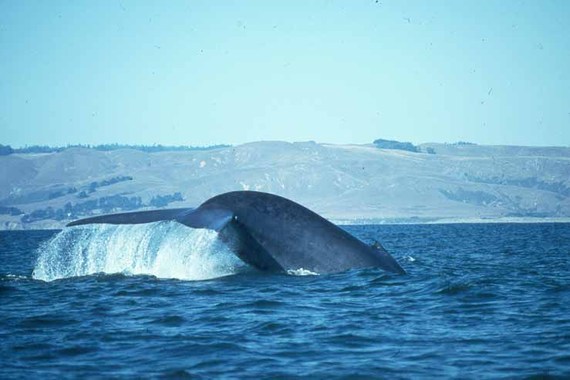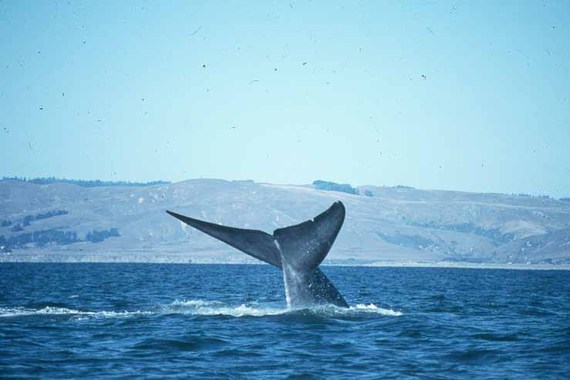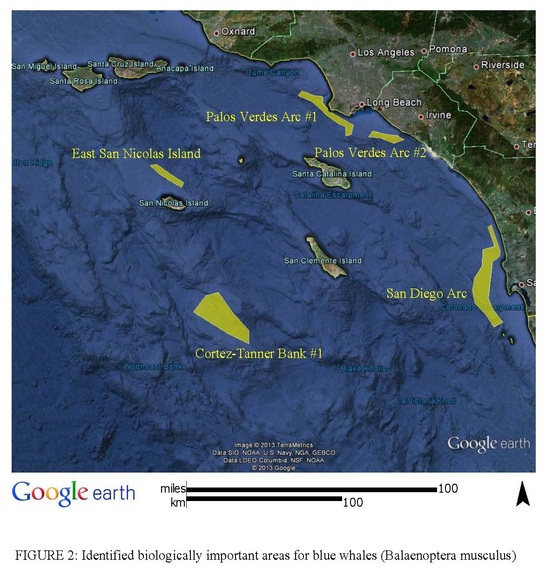Today is the publication date for Joshua Horwitz' War of the Whales, a true story brilliantly told about the U.S. Navy's decades-long war on whales and other marine mammals by its reckless use of high intensity active sonar. The book is compelling, it's comprehensive, it's ground-breaking -- and it's infuriating.
It's infuriating because the Navy's infliction of lethal and other serious harm to whales and other marine animals, many of them already threatened or endangered, is avoidable -- if only the Navy would choose to avoid it.
No one disputes -- not the Navy, not regulators, not scientists, not conservationists -- that the surest way to prevent or reduce this needless torture is to avoid the areas most important to whales' survival. Areas essential to breeding, calving, feeding, and migrating can be identified, and, during the months the animals are there, they can be protected -- if only the Navy would plan, during those months, to conduct its testing and training elsewhere.
Take, for example, the magnificent endangered blue whale, running some hundred feet long and weighing in at 200 tons. It is the largest animal ever to have lived on earth, cut down from hundreds of thousands to a few thousand animals by centuries of whaling, with its Pacific Ocean population hardly beginning to recover.
Of all the places blue whales travel, one ranks among the most important. Located just off the southern California coast in the Channel Islands chain, it is the Cortes Bank, a submerged island -- famous for its 100-foot "big wave" surfing. There the whales feed on dense patches of krill, the tiny crustaceans that sustain them; the foraging is so good that more than 700 of these endangered animals reliably make the journey each year.
Unfortunately, although the Navy knows all about the blue whales at Cortes Bank, it has stubbornly and unreasonably insisted that this critically important feeding ground be included within its mammoth Southern California range complex for sonar testing and training. Among a wide range of potential harms, scientists have found that high-powered Navy sonar disrupts blue whale feeding, halting their deep-foraging dives, displacing them from krill patches, and silencing their calls.
The request by the California Coastal Commission and others to keep sonar and explosives training out of this vital habitat when the whales are in residence has fallen on deaf ears at the Navy. And, as a result, NRDC has been forced to go to court yet again to force the Navy to listen to reason.
Over the next five years, the Navy plans nearly 300,000 hours of sonar use as well as other training activities in our U.S. coastal waters. By the Navy's own estimate, it will inflict harm 31.4 million times on the whales and other marine mammals that live in the region, including nearly 1,000 deaths, more than 5,000 instances of permanent hearing loss or other permanent injury, and millions of instances of temporary hearing loss and other biologically significant disturbance.
The Navy's indifference isn't necessary to secure our national defense. Endangered whales and other marine life shouldn't have to die for practice.
Tell the Navy that its war on whales must stop. Take action now.




